|
In May 2019, the Fish Evolution Lab traveled to Puerto Rico for a research expedition that sought to catalog and sample the rich fish biodiversity around the island. Located in the Eastern Caribbean Sea, Puerto Rico is a biodiversity hotspot, with an estimated 819 species of fishes. Led by Dr. Dahiana Arcila, one of the goals of the expedition was to collect fish specimens for the Sam Noble Museum Ichthyology Collection. A large portion of the sampling was for cryptobenthic fishes. This group includes families such as gobies, blennies, and triplefins. Cryptobenthic fishes are small, often growing less than 5 cm in length. Their presence on the reef is sometimes hard to see, because they love to hide in small holes and crevices in the reef. In order to sample these small, cryptic species, quinaldine is used as an anesthetic to draw these tiny fishes out of hiding so that they may be collected. Larger fishes, such as butterflyfish, squirrelfish, and angelfish, were collected using spearguns. Once the fishes were collected, photographs and tissue samples were taken for the museum collection, and the fish were entered into a comprehensive database. After a few days of sampling around Puerto Rico, the team embarked on a 4 hour boat ride to Mona Island, a small island to the west of Puerto Rico. Mona is known as the “Galápagos of the Caribbean” due to its unique island biodiversity. There are high rates of endemism present, including the Mona ground iguana, Cyclura stejnegeri, which casually roamed around the small island. Due to its status as a natural reserve, a special government permit is needed to visit the island, so it is a place to which very few get to travel. Mona Island is situated near the Mona Passage, a straight which divides Puerto Rico and the island of Hispaniola. Near the passage, there are strong ocean currents which may affect connectivity of the species living in the area. The team hopes that by analyzing the genetic data from the collected specimens, a greater understanding of the species connectivity in the area can be obtained. |
ArchivesCategories |
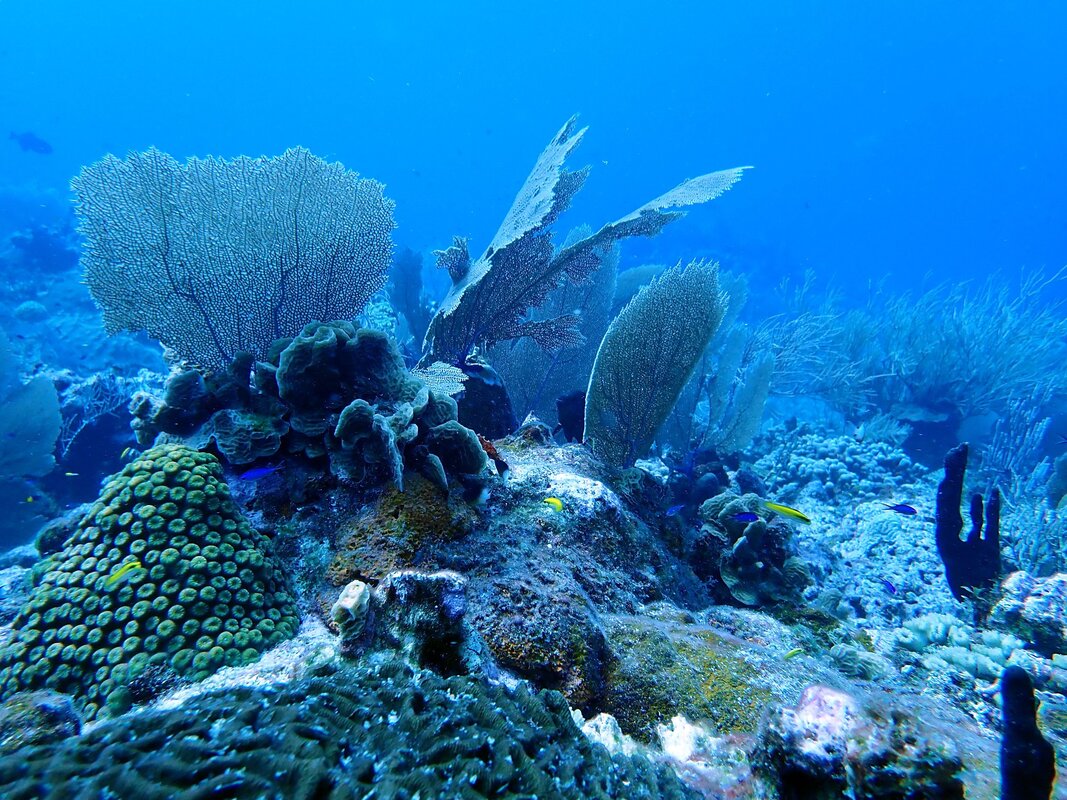
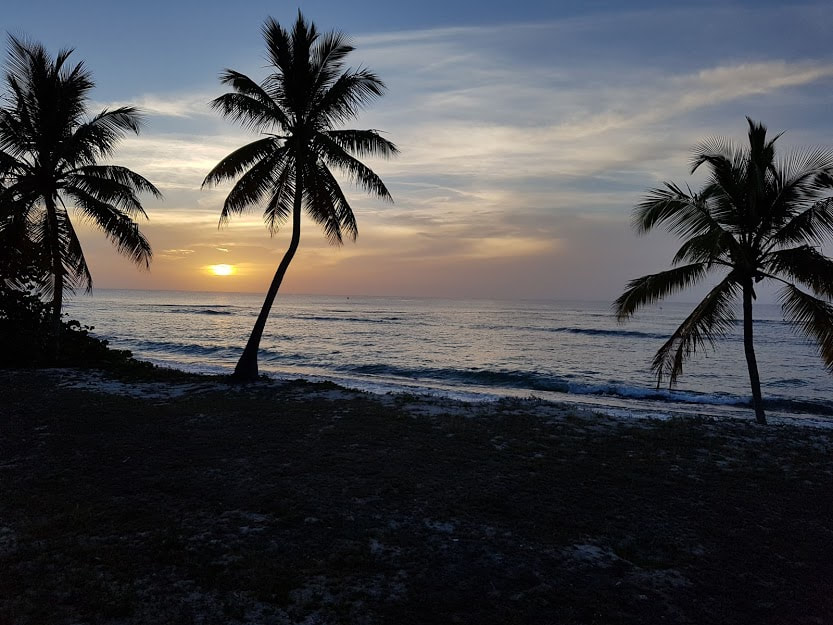
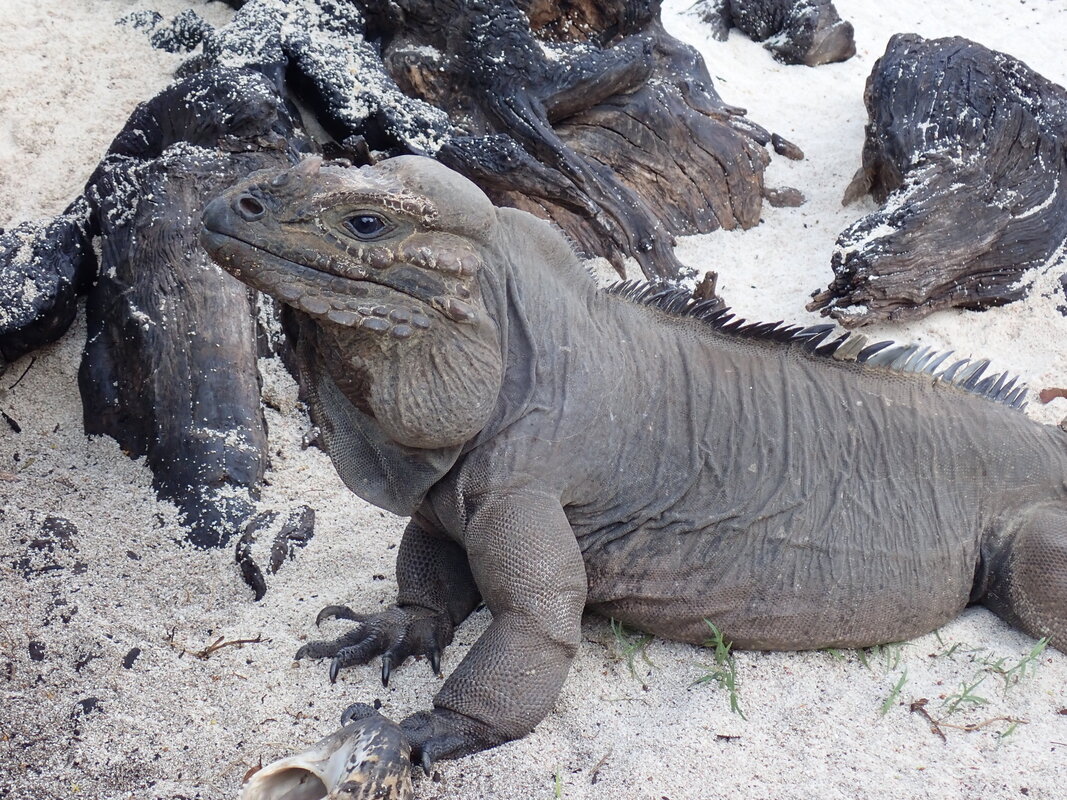
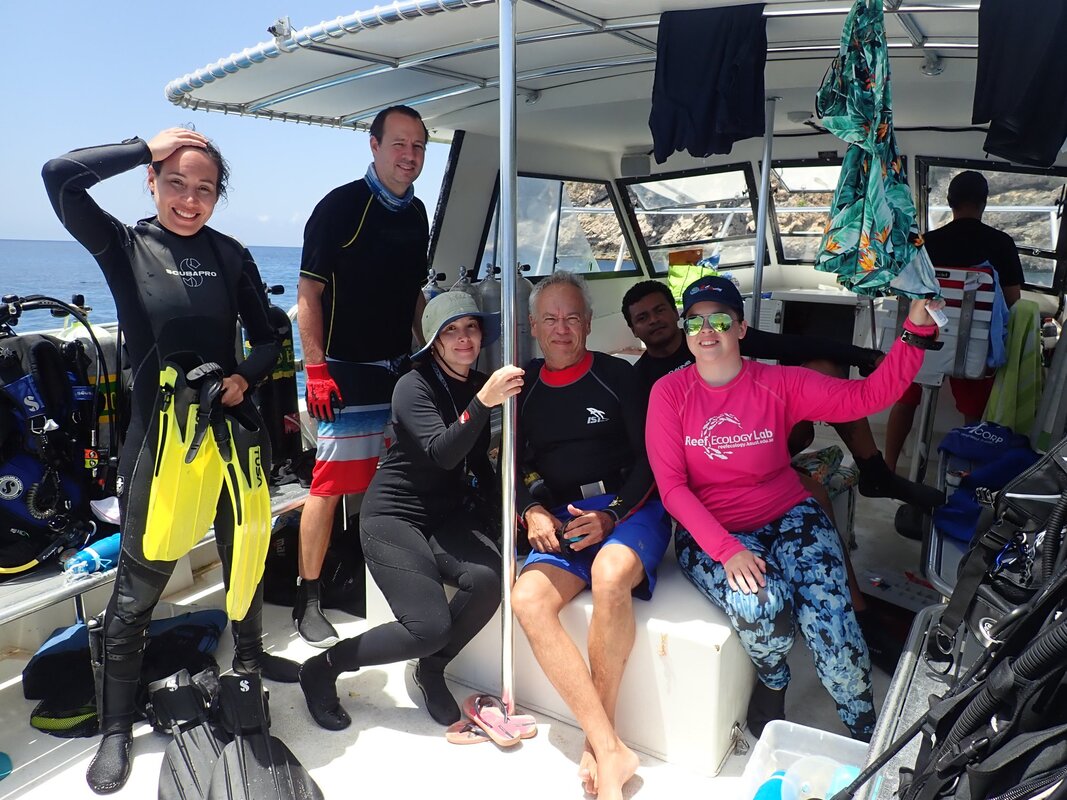
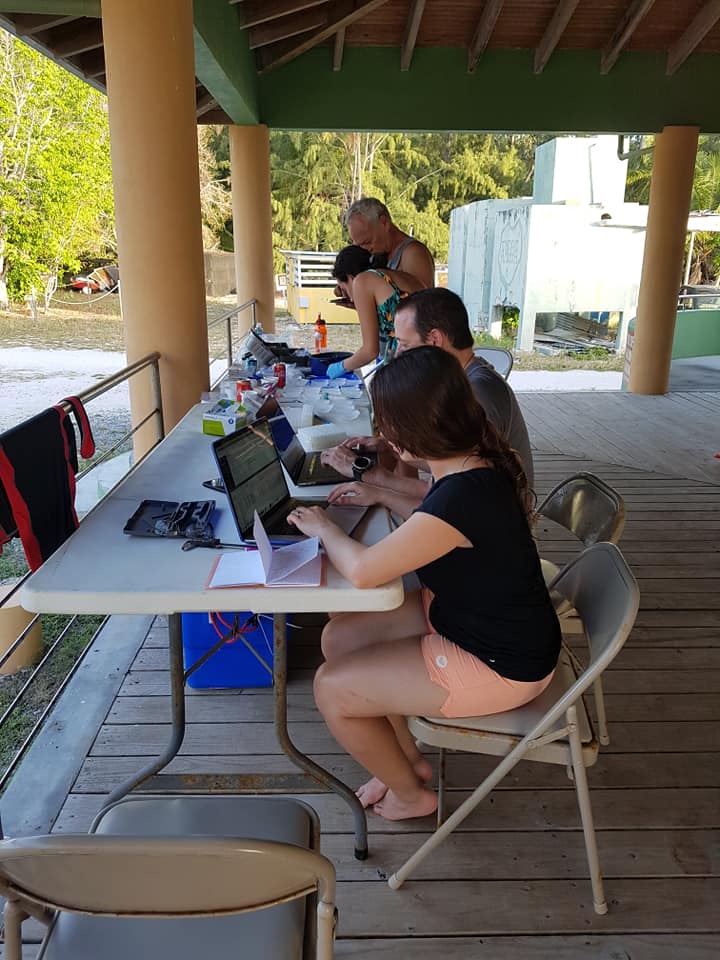
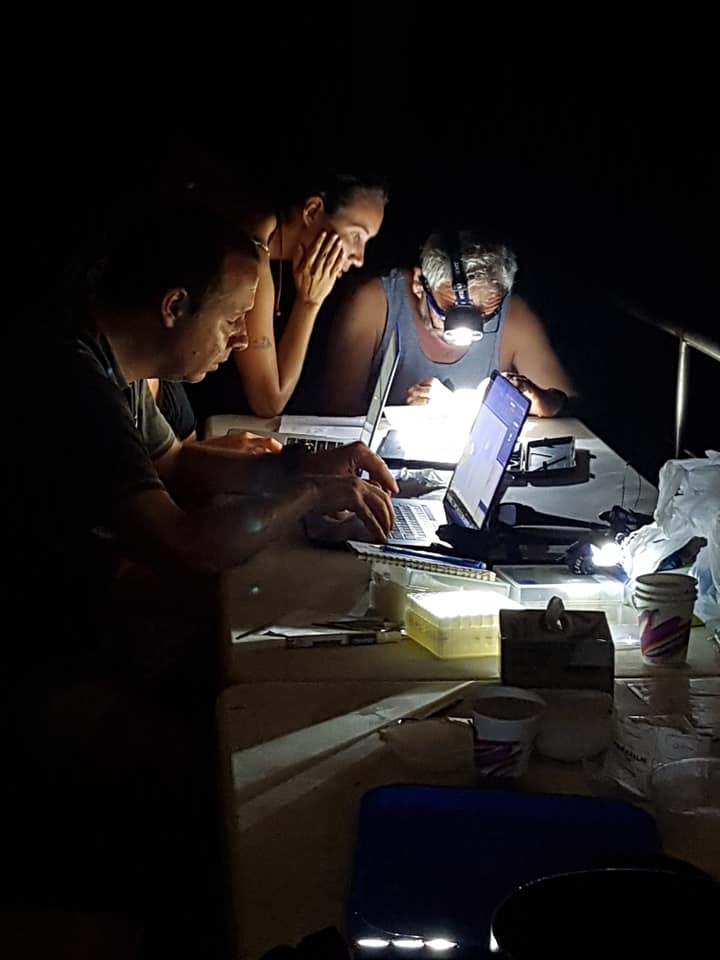
 RSS Feed
RSS Feed
